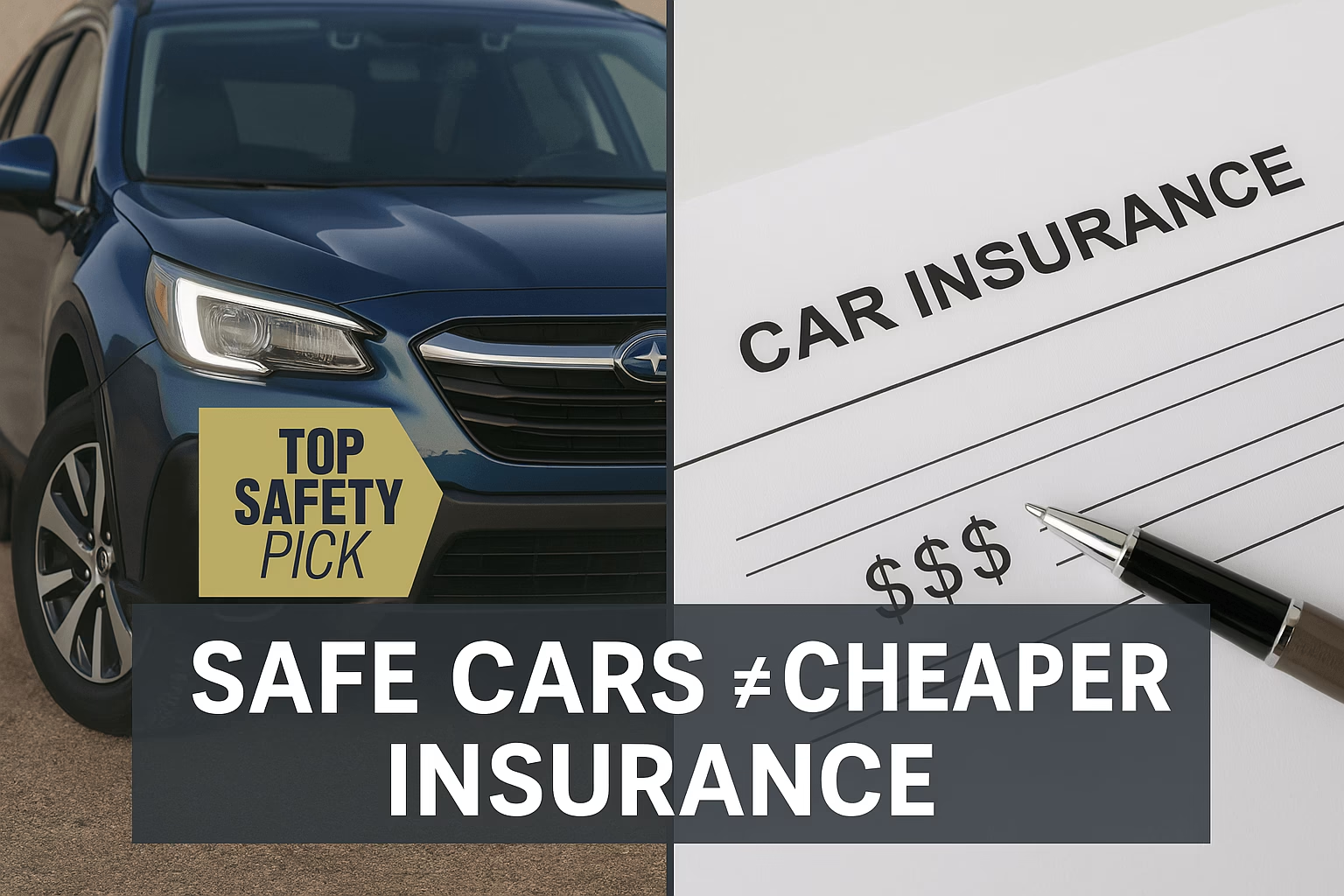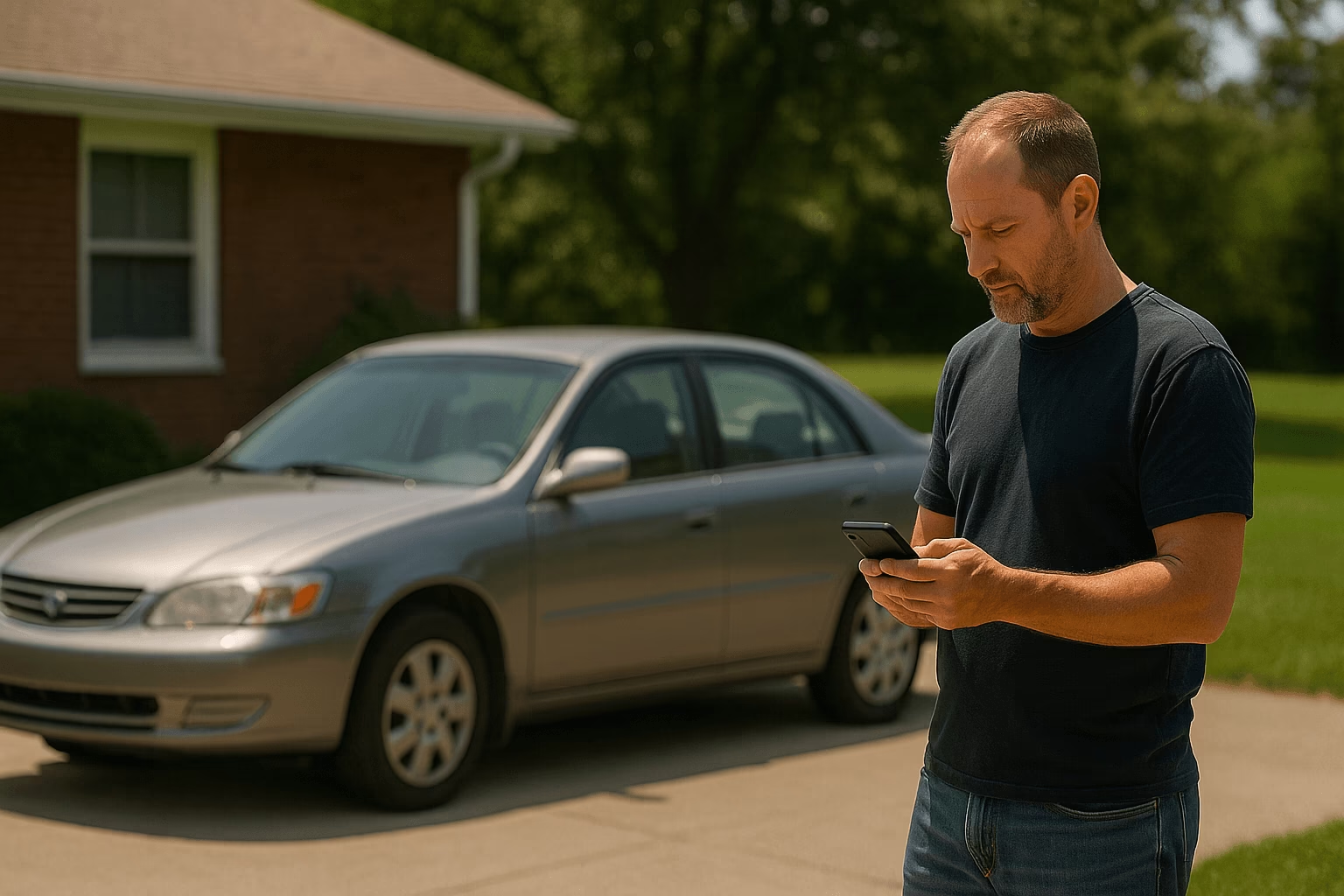Replacement Cost Value (RCV) = full roof paid for; Actual Cash Value (ACV) = replacement cost minus depreciation.
Since Feb 7 2024, Fannie Mae forbids ACV-only policies on homes it finances, forcing most Ohio homeowners to carry RCV. If hail hits a 15-year-old roof estimated at $18 k, ACV might write an $8 k check after deductibles; RCV would net the full $17 k+ you need [¹][²].
What You’ll Learn
Plain-English difference between RCV & ACV
How depreciation slashes ACV payouts
Where HO-3, HO-5, and HO-8 policies fit
The new Fannie Mae rule shaking up roof claims
A 7-step coverage checklist for Springboro-area owners
1. RCV vs. ACV in One Glance
| Replacement Cost (RCV) | Actual Cash Value (ACV) | |
|---|---|---|
| Pays for | Like-kind roof with no deduction | RCV − depreciation |
| Homeowner out-of-pocket | Deductible only | Deductible plus depreciation |
| Best for | New / mid-life roofs, any Fannie- or Freddie-backed loan | Very old roofs where full replacement is unrealistic |
Key takeaway: RCV puts your home back to pre-storm condition; ACV pays what the old roof was worth yesterday.
2. How Depreciation Eats an ACV Check
Scenario: 30-yr architectural shingles, 15 yrs old
Replacement estimate: $18,000
Depreciation (50 %): –$9,000
ACV payout: $9,000
After $1 k deductible: $8,000 in hand — $10,000 short of a code-compliant roof.
RCV policy: You’d receive ≈$17,000 immediately.
3. Policy Forms that Dictate Roof Coverage
| Form | Typical Roof Settlement | Who Uses It |
|---|---|---|
| HO-3 (Special) | RCV by default | Modern single-family homes |
| HO-5 (Comprehensive) | Enhanced RCV + broader peril list | Upscale/new builds |
| HO-8 (Modified) | ACV unless you buy a Roof-RCV endorsement | Older or historic homes |
Pro tip: If your 1905 farmhouse is on an HO-8 without a Roof-RCV rider, you could breach your lender’s insurance clause once the new guidelines apply.
4. The 2024 Fannie Mae Mandate (Why It’s a Game-Changer)
Selling Guide SEL-2024-01 (Feb 7 2024): “Claims must be settled on a replacement cost basis. Policies limited to ACV are not acceptable.” [¹]
Joint FAQs (May 20 2024): ACV policies “provide substantially less coverage” and are therefore prohibited. [²]
Enforcement: Lenders must verify RCV at origination and renewal; servicers can force-place pricey coverage if you lapse. [³]
Translation: If your mortgage is—or might be—sold to Fannie Mae or Freddie Mac, you need RCV on the roof, period.
5. How the Rule Plays Out in a Real Claim
Loan closing: Underwriters flag ACV roof language → closing delayed.
Claim time: Mortgagee appears on the insurance check. They withhold funds until proof shows an RCV settlement and full replacement contract.
Renewal audit: Miss the RCV upgrade? Servicer buys force-placed insurance and bills you—often 2–3× normal premiums.
6. Five Persistent Myths—Busted
| Myth | Reality |
|---|---|
| “I’ll just pay the difference.” | Servicer may reject an ACV settlement on a collateral asset. |
| “RCV is way more expensive.” | In SW Ohio, upgrade costs ≈8–15 %—far less than a 50 % ACV depreciation hit. |
| “Only new roofs get RCV.” | Many carriers offer RCV up to 20-yr roofs, sometimes with recoverable depreciation. |
| “HO-8 is always cheaper.” | True upfront—until an ACV claim leaves a $10 k+ shortfall. |
7. 7-Step Coverage Checklist for Springboro & Dayton
Pull your declarations page. Look for “Loss Settlement – Replacement Cost” vs. “Actual Cash Value (roof surfacing).”
Verify roof age. Carriers often downgrade to ACV at 15–20 yrs.
Ask for a Roof-RCV endorsement if you’re on HO-8 or a downgraded HO-3.
Confirm with your lender. Does the policy meet the 2024 RCV rule?
Document current condition (drone photos, annual inspections).
Review deductibles. A 2 % wind deductible on a $400 k dwelling = $8,000 cash risk.
Watch for cosmetic exclusions on metal/wood roofs—request removal or buy-back where possible.
8. Fine Print That Still Shrinks an RCV Check
Percentage wind/hail deductibles (often 1–2 %)
Cosmetic damage exclusions (shingles “bruised” but not leaking)
ACV riders on metal roofs
Ask your agent to flag these clauses in plain English before storm season.
9. FAQ
My roof is 25 yrs—can I still get RCV?
We have an option. Some carriers cut off at 10-20 yrs, others allow RCV but reduce recoverable depreciation. Re-roofing before renewal may secure full RCV and even lower premiums.
Will RCV add thousands to my premium?
Typical Springboro quotes add $12–18 / month for a $300–350 k dwelling—less than one plywood bundle today.
What if my lender isn’t backed by Fannie Mae?
Freddie Mac enforces the same rule, and many portfolio lenders mirror it. RCV remains the gold standard for asset protection [⁴].
10. Bucklew Insurance Promise
Our licensed agents will:
Review your declarations page at no cost
Explain carrier-specific roof endorsements in everyday language
Ensure your coverage meets evolving mortgage guidelines—before you list, refinance, or renew
Ready for peace of mind? Call (937) 550-9596 or email dbucklew@allstate.com for a quick, jargon-free review.
Sources
[¹] Fannie Mae Selling Guide B7-3-02, Feb 7 2024 Fannie Mae Selling Guide
[²] Fannie Mae & Freddie Mac Joint FAQs, May 20 2024 Fannie Mae
[³] Fannie Mae Servicing Guide B-2-01 (continuous RCV requirement) servicing-guide.fanniemae.com
[⁴] Insurance Journal, May 7 2024 – Coverage deemed ACV “unacceptable” insurancejournal.com


